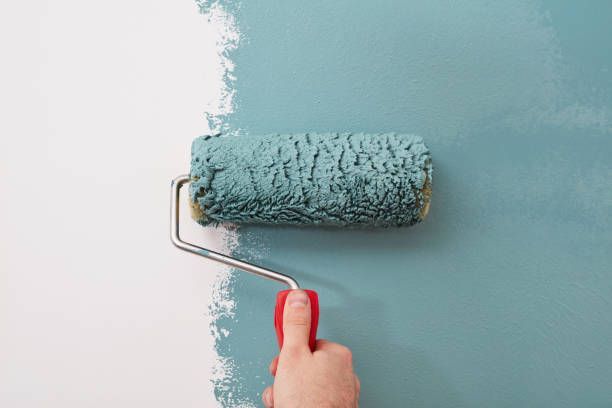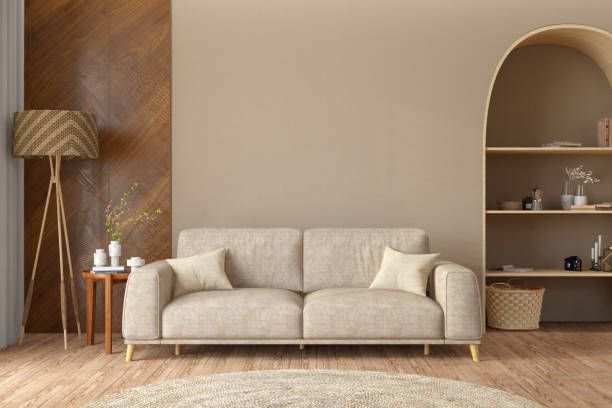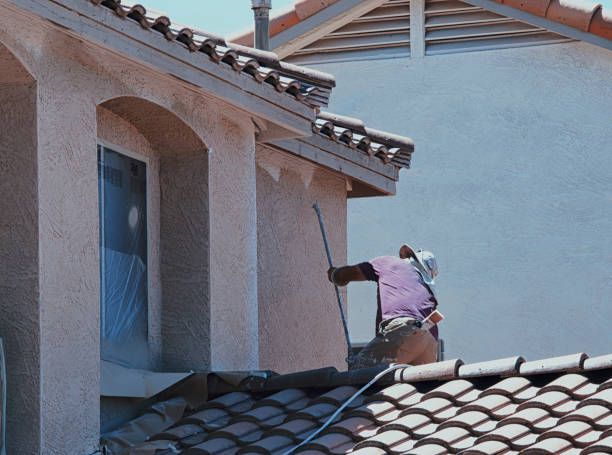Can You Use Exterior Paint Inside? Understanding the Basics
When starting a painting project, many ask,
Can you use exterior paint inside? The answer depends on factors like paint formulation, safety, and where the paint will be applied. Exterior and interior paints differ significantly in purpose and ingredients. This article examines those differences and the risks and considerations involved in using exterior paint indoors to help you make an informed choice.

Exterior vs Interior Paint Indoors: What’s the Difference?
Understanding the differences between interior and exterior paints is vital for anyone asking Can you use exterior paint inside.
Formulation and Purpose
Exterior paints are formulated with tougher binders and additives to withstand weather conditions, including rain, UV rays, and temperature fluctuations. They contain higher levels of chemicals and solvents to ensure durability outdoors.
Interior paints focus on aesthetics, ease of cleaning, and low odor. They have lower levels of volatile organic compounds (VOCs) to promote indoor air quality and comfort.
Finish and Application Differences
Interior paints provide smooth finishes tailored for walls, ceilings, and trim, while exterior paints may dry to a rougher texture unsuitable for indoor walls. This difference impacts both the look and longevity of the paint job inside.
Is It Safe to Use Exterior Paint Inside?
Many homeowners ask, Is it safe to use exterior paint inside? The primary concern lies in the higher VOCs and stronger solvents found in exterior paints, which can release harmful fumes indoors.
Health Risks and Ventilation
Using exterior paint indoors without proper ventilation can cause headaches, respiratory irritation, and other health issues. However, if you choose low-VOC exterior paints designed for indoor/outdoor use and ensure adequate airflow, can exterior paint be used indoors safely? Yes, but with caution.
Dangers of Using Exterior Paint Inside
Understanding the dangers of using exterior paint inside can help you avoid costly mistakes.
Indoor Air Quality
Exterior paint fumes contain chemicals that can degrade indoor air quality, potentially triggering allergies or asthma.
Finish and Durability Issues
Exterior paints may not adhere properly to indoor surfaces, causing peeling or cracking over time.
Cleanup Challenges
Cleanup may require harsh solvents not recommended for indoor use, complicating the painting process.
When Is Applying Exterior Paint Inside Acceptable?
Although typically not recommended, there are exceptions when applying exterior paint inside might be appropriate.
High-Moisture Areas
Bathrooms, basements, or laundry rooms may benefit from exterior-grade moisture-resistant paints.
Transitional Spaces
Garages, workshops, or sunrooms exposed to outdoor elements sometimes require tougher coatings.
Specialty Paints
Some epoxy or enamel exterior paints are formulated for dual indoor and outdoor use.
Tips for Using Exterior Paint Indoors Safely
If you choose to use exterior paint indoors, follow these tips to minimize risks:
- Select low-VOC or zero-VOC exterior paints designed for indoor use.
- Ensure good ventilation by opening windows and using fans.
- Wear protective gear like masks and gloves.
- Test on a small surface first.
- Avoid occupying the room until fumes dissipate.
- Keep pets and children away during application and drying.

Comparing Paint Types: What Paint Should You Use Indoors?
Choosing the right paint depends on:
Surface Material
Drywall, wood, or concrete all require specific paint types for best results.
Moisture Exposure
Rooms with high humidity call for mold- and mildew-resistant paint.
Aesthetic Needs and Health
Interior paints offer better finishes and safer formulations for living spaces.
The Importance of Professional Guidance for Paint Selection
When uncertain about whether using exterior paint indoors is appropriate for your project, seeking professional guidance is essential. Painting specialists like Cipriano Painting have extensive experience with both interior and exterior applications and can recommend the best solutions tailored to your home or workspace needs, ensuring a flawless and safe finish every time.
Conclusion
In conclusion, while it may be tempting to use exterior paint indoors, it’s crucial to understand the potential risks and differences. Interior paints are specifically designed for indoor safety and comfort. If you're unsure, consulting professionals like Cipriano Painting ensure you choose the right product for lasting results. Protect your space and health. Contact Cipriano Painting today for expert guidance and a flawless finish you can trust.
FAQs
Can you use exterior paint in the interior?
Yes, you can use exterior paint indoors, but it’s not recommended due to harmful fumes and high VOCs. Always consult professionals to ensure safety and proper application for interior use.
What happens if I accidentally use exterior paint inside?
Accidentally using exterior paint inside can cause strong fumes, poor air quality, and health risks. Ensure proper ventilation and consider repainting with interior paint or consult a professional for advice.
What services does Cipriano Painting offer?
Cipriano Painting provides expert interior and exterior painting, surface preparation, and custom finishes for residential and commercial spaces, ensuring high-quality results tailored to your needs.











